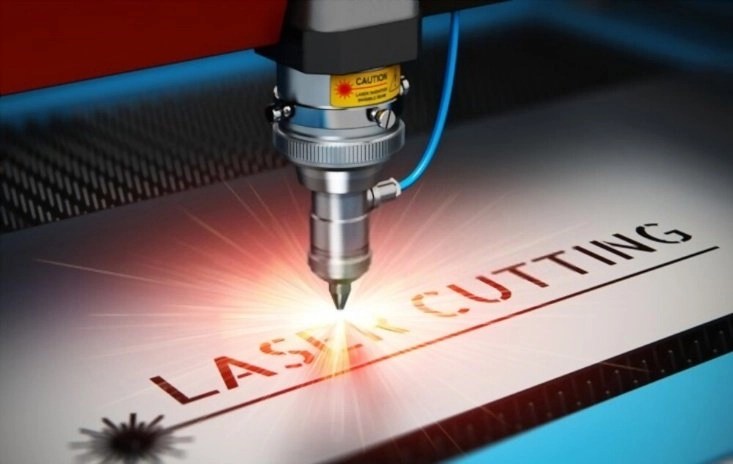The very name “laser cutting” reveals the essence of the process, which consists of cutting metal with a laser beam emitted by a particular installation. The laser beam has many properties that allow it to be focused on the surface to be treated, while the beam will carry a high-density energy charge. Under its influence, almost any material actively burns, melts, evaporate, etc. – in general, it collapses.
The energy of a beam with a density of 108 watts/1 cm square created by a laser cutting machine is concentrated on the metal surface. It is necessary to learn about all the laser beam properties to understand the essence of the process and, in particular, how this effect is obtained.
Unlike light waves, a laser beam has a constant wavelength and frequency. This property is called monochromaticity, and the radiation itself is called monochromatic. Using simple optical lenses makes it possible to focus the beam on the surface to be treated easily.
Another property of the laser beam is its very high directivity and a slight divergence angle. This property helps the equipment to produce a high-level focused laser beam.
The next important property of a laser beam is its coherence. Its essence lies in the consistency of a large number of wave processes occurring in the beam and their resonance with each other. This makes it possible to increase the total radiation power significantly.
Under the influence of the beam, the metal surface heats up very quickly and then melts, leaving an even cut.
Due to several factors, including thermal conductivity, the metal melting zone quickly spreads deep into the workpiece. The laser beam works by acting on the surface of the part. And brings the temperature at the cutting point comes to a boil, the metal begins to evaporate.
Types of laser metal cutting
- Melting.
- Evaporation.
Evaporation of the metal involves the operation of high-capacity equipment, resulting in high energy costs. This is not always economically feasible. In addition, this method is not suitable for processing thick work pieces, which is reflected in the rather stringent cutting requirements. Therefore, its use is limited to cutting thin-walled products.
Laser cutting by melting metal is used much more often. Recently, it has been improved by using various gases such as air, oxygen, nitrogen, or inert gases. Unique installations blow them into the laser cutting area. You can get acquainted with the video recording of this work by typing the appropriate request on the Internet.
Pros and cons of laser metal cutting
The use of laser cutting technology of materials occurs everywhere in various industries, such as aviation, mechanical engineering, medicine, etc. The reason lies in its advantages, such as:
- high-precision cutting of metals;
- equipment for laser cutting works on the creation of curvilinear structures of all degrees of complexity, as well as volumetric parts and shaped products;
- in the course of work, there is no heating of a surface of preparation;
- a high-quality cut is formed;
- there is no deformation of the material during operation;
- no mechanical impact on the workpiece;
- non-contact method of work is used;
- technology copes with the creation of even fragile and complex parts;
- work is carried out without the formation of dust;
- the technology has proven itself when working with any metals, including the high level of thermal conductivity and their alloys;
- it is possible to perform work in automatic mode;
- the method is used for cutting not only metals but also plastic and wood, cardboard, textiles and leather, and other materials;
- products come out of high quality and do not require additional processing;
- the method is almost ideal for work with workpieces that are easily deformed during mechanical work;
- the heating zone of the surface of the product is minimal;
- there is no overheating of products during operation;
- production times are short;
- The equipment is straightforward to operate.
In addition to the advantages, technology also has disadvantages. They are high cost compared to other types, have uneven production speed, and severe restrictions on the size of the workpiece. Sheets with dimensions of no more than 15×30 m can be laser cut. Another limitation is the thickness of the material – the workpiece should not be thick-walled. It is also necessary to consider that the type of laser significantly affects the cutting efficiency and other parameters.
Conclusion
Getting a laser cutting service near you in the United States has been made easy. All you need is to visit the link to Send Cut Send and place an order.
Also Read: Why Drink Antioxidant Active Hydrogen Water.



